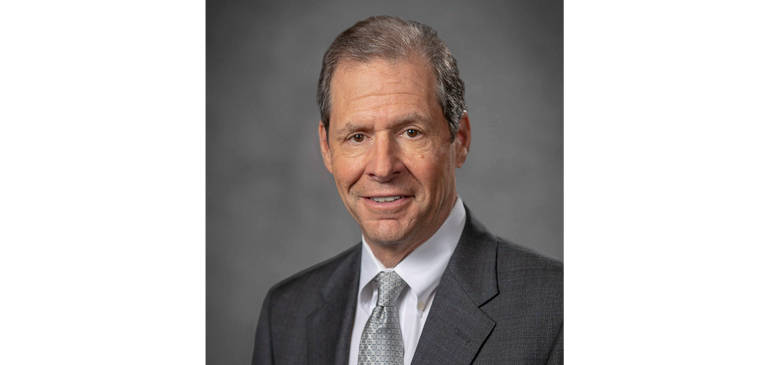Patients are best served when services are delivered by those physicians and physician-led teams most qualified to deliver quality care and provide for patient safety. Scope of practice issues and legislation have catapulted to the forefront of medicine. Although the impact is considered more immediate in other specialties, the potential for non-physician radiology providers (NPRP) to play a larger role in the radiology workforce and limit or replace MD/DO positions is very real and has become a focal point of debate within the Council and the College at large.
Scope of practice regulations and licensure are mostly addressed at the state level because state laws and licensure boards define the legal scopes of practice. In some states, there is a single licensing board. In others, physician assistants (PAs) and/or nurse practitioners (NPs) are governed by separate and independent boards.
Along with other arguments, there has been a long-standing claim by NP and PA advocates that the healthcare system cannot adequately address workforce issues, especially in the context of the Affordable Care Act. Hence, NP and most recently PA organizations are lobbying for independent practice. Given the healthcare crisis brought on by COVID-19, many states and even the VA suspended scope of practice limitations to provide for the immediate care demands of their constituents. For instance, New York Governor Andrew M. Cuomo passed an executive order in March 2020 that eliminated the requirement for NP/PA oversight in that state.1
Historically, NPs have lobbied to expand scope of practice definitions for their colleagues. Often citing the Future of Nursing Institute of Medicine (IOM) report from 2010, NPs insist that states must remove barriers to care by eliminating the need for physician supervision.2 Recently, national organizations representing PAs have also joined in the debate and are lobbying for more independence. For instance, the American Academy of PAs argued that scope of practice for PAs should not be determined by states but by individual facilities or practices.3
Physician-led organizations have been increasingly active in opposing scope of practice expansion for non-physician providers — especially the AMA, which hosts the Scope of Practice Partnership, a coalition of state medical societies and specialty organizations, including the ACR. This coalition has been supporting state medical societies through lobbying CMS, providing grants to fund scope of practice advocacy and campaigns, creating tools and databases, working with the Federal Trade Commission and administrations, and communicating directly with patients (for example, the “Truth in Advertising” campaign). Most recently, the AMA dedicated resources to oppose the American Academy of Physician Assistants’ decision to change the professional title of organization members from physician assistant to "physician associate.”4
The ACR believes that patients are best served when services are delivered by those physicians and physician-led teams most qualified to deliver quality care and provide for patient safety. The College has been actively involved in scope of practice issues through its government relations office. This issue is of critical importance to radiology for numerous reasons. Based on recent surveys of ACR members done by the Commission on Human Resources, 40–50% of radiology practices currently employ, or intend to employ, NPRPs.5 The specialty is also facing critical shortages in its workforce as demands for imaging continue to expand. In addition, potential pressures from healthcare systems and investor-led practices to eliminate costs are perceived by some ACR members, especially early career radiologists, to be a threat to their job prospects. The ACR is actively monitoring legislative initiatives and working with state chapters to lobby against scope of practice creep in radiology.6 Many examples can be found on the ACR's scope of practice page here.
Some specialties have developed novel approaches to the scope of practice issue. For instance, anesthesiology has been facing mounting pressure for practice independence by the certified registered nurse anesthetists. In addition, the “doctor of nurse anesthesia practice” degree further confuses patients and blurs the lines of practice qualifications.7 Nurse anesthetists are also promoting the use of the title “nurse anesthesiologist.” In their response to this move, the American Society of Anesthesiologists promoted the use of the title “anesthesia assistants,” emphasizing the requirement for these providers to work under the supervision of an anesthesiologist.8
The registered radiologist assistant (RRA) credential was developed in 2002, as a result of recommendations by an ACR task force. These training programs provide a pathway for talented and dedicated RTs to acquire new skills. These providers have always been, and continue to be, required to work under a radiologist’s supervision and be part of radiologist-led teams. Their professional societies and certification bodies have consistently worked with the ACR and upheld the principle that RRAs not practice independently or provide interpretation. This principle is also evident in relevant state and federal laws and regulations. RRAs have been specifically trained, licensed, and certified to fill the needs of those practices utilizing physician extenders.
Scope of practice issues will continue to be contested in state legislatures and regulatory agencies. The ACR has and will continue to be consistent in standing against independent practice of non-physician providers related to radiology/IR/radiation oncology services. We will lobby aggressively against NP and PA efforts for independent practice and interpretation in medical imaging. We have supported state chapters in their efforts to address local legislation. We are in the process of developing additional programs and support for chapters facing well-funded organizations pressing to break down scope of practice limitations. The ACR will always stand for its members and their patients to provide the highest quality of care, with the safest conditions that radiology-led teams are best qualified to deliver.

